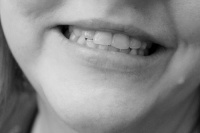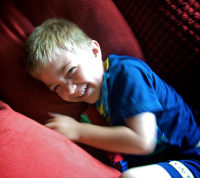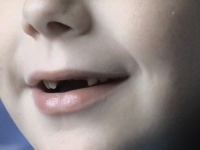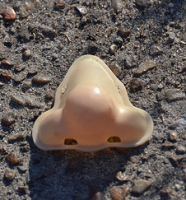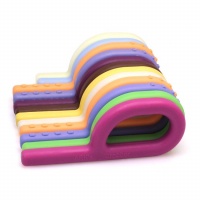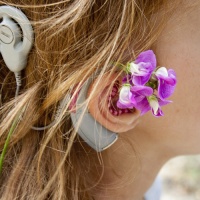
Q: My 10-year-old student with a profound hearing loss and a recent cochlear implant cannot produce any back sounds. We have tried all of the elicitation techniques (tongue depressors, lying on back, gargling) which usually result in her using a glottal plosive instead. Do you have any other suggestions? I am not sure what you mean by “all of the elicitation techniques.” You mention using a tongue depressor, but you do not say HOW you used it. It’s all about…

